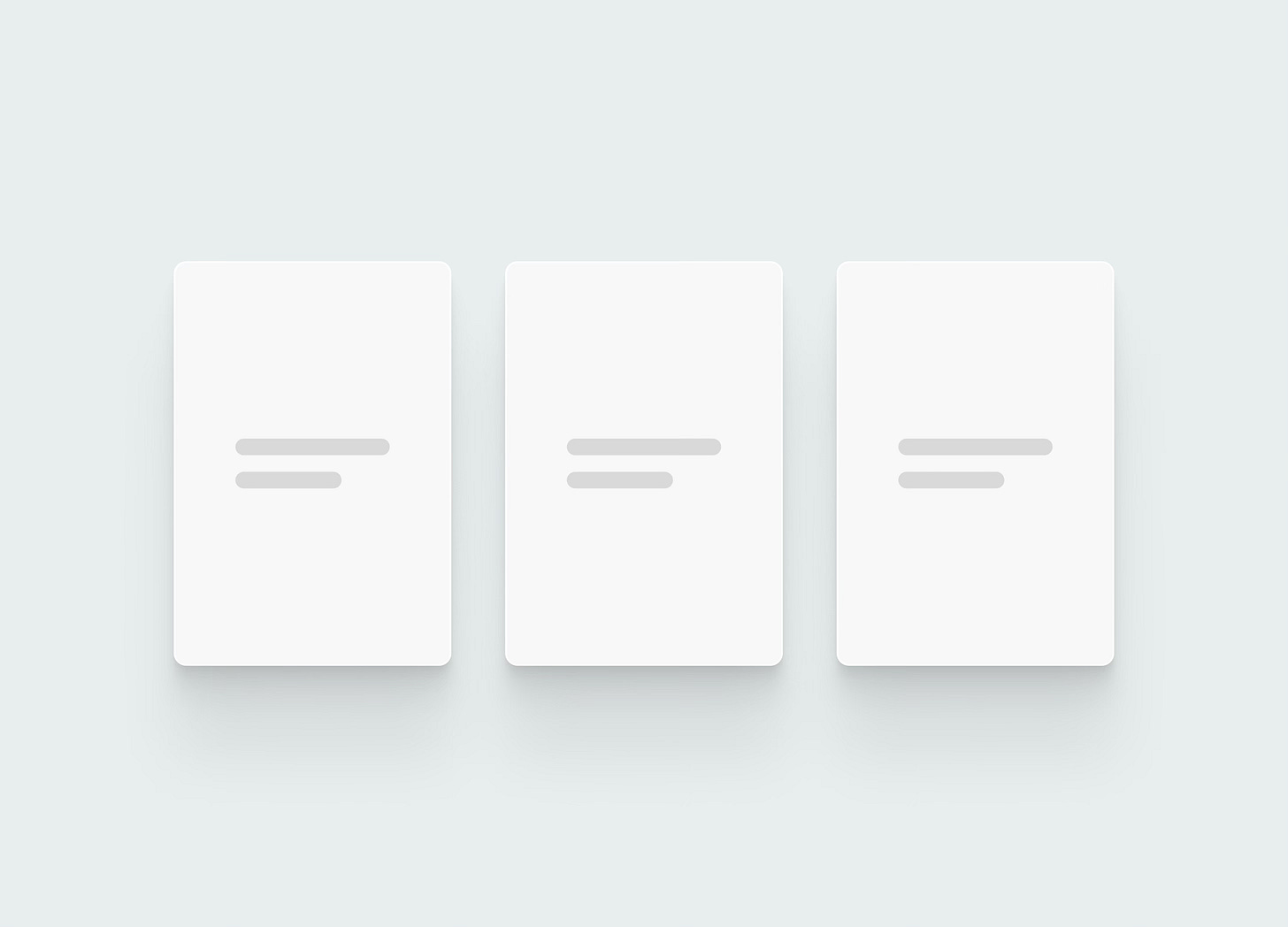Making empty states more useful
Empty states serve three primary jobs. Education, Action, Celebration.
Garmin recently updated the Garmin Connect app and the new home screen layout got me thinking about empty states and the role they play in a product. Empty states are some of the most overlooked parts of a user experience but often serve as the default starting point for a product or feature.
I’ve been using the Garmin MK2s along with the Garmin app for the past two years and have found the product experience to be good. I don’t use my watch to track my sleep or HRV status, but I do have 2 years worth of data across other metrics. In the recent update the home page features 4 metrics, 2 of which are sleep and HRV. Metrics I haven’t tracked in the past 6 months.
I wonder why the product team made the decision to prioritize these metrics when there are other alternatives. They take up a large portion of the real estate and push down information I actually do care about like my progress in active challenges. Surely there is other valuable information to show rather than two empty cards.
Thinking about empty states in general, there are three primary jobs empty states can serve in an interface. Education, Action, and Celebration. Often they are combination of these. When considering how to effectively use empty states to benefit users it helps to ask these questions:
Is an empty state required? Is there other information or data that could be shown that is more useful? Is this the right time to introduce this surface? My favourite empty states leverage the use of examples to educate the user and create a preview of what an ideal experience could be. This is not always possible but can be really impactful when executed well.
What is the primary job to be done of the empty state, education, action or celebration? What does the user need to know or achieve at this point in the flow? Focus on the primary job to be done and prioritize that above all else.
Is the user interacting with this surface for the first time or subsequent times? How does the state change based on where in the user journey it is surfaced and how familiar is a user with the surface at each state? As an example, an empty state may change from educational to celebratory throughout the course of a user journey.
In the Garmin app, the empty states are action oriented but the data they represent doesn’t need to prioritized because there is more useful information that can be shown. In this example, empty states that are valuable at the beginning of a user journey become a nuisance later on.
Determining the jobs to be done of an empty state and asking a few key questions can be a helpful guidepost in ensuring it’s supporting users in the best way.



